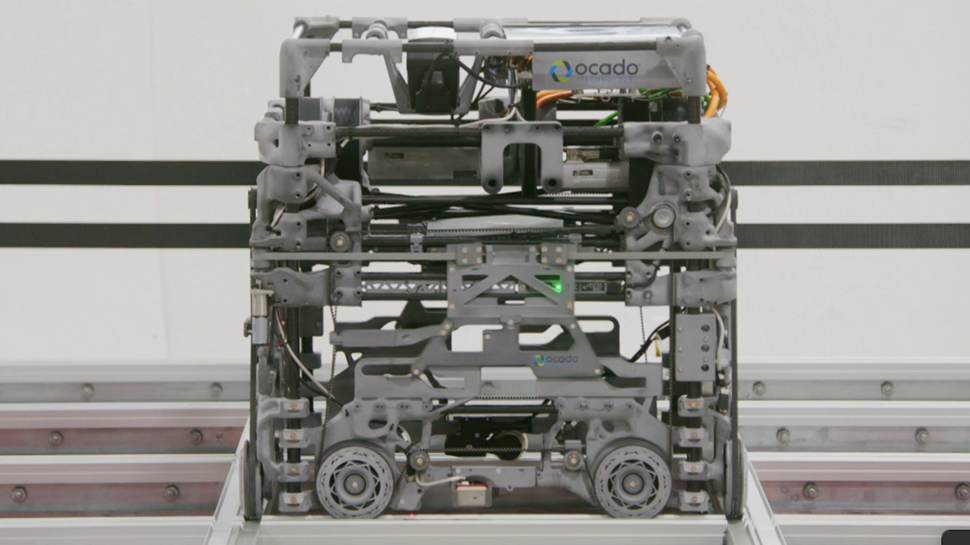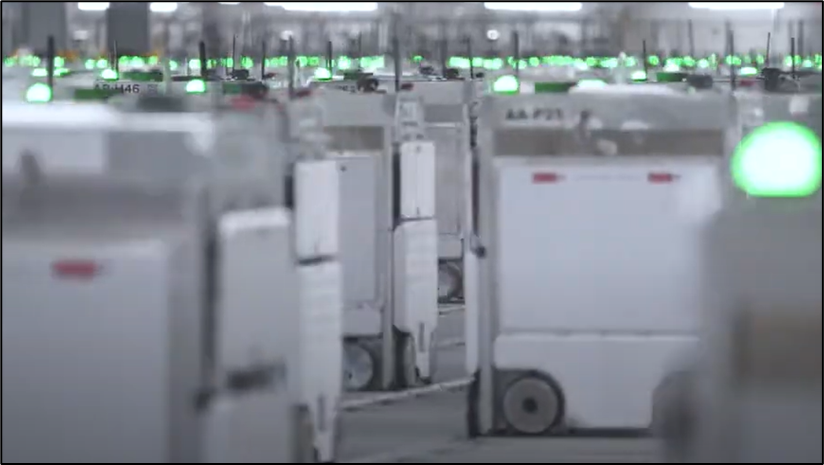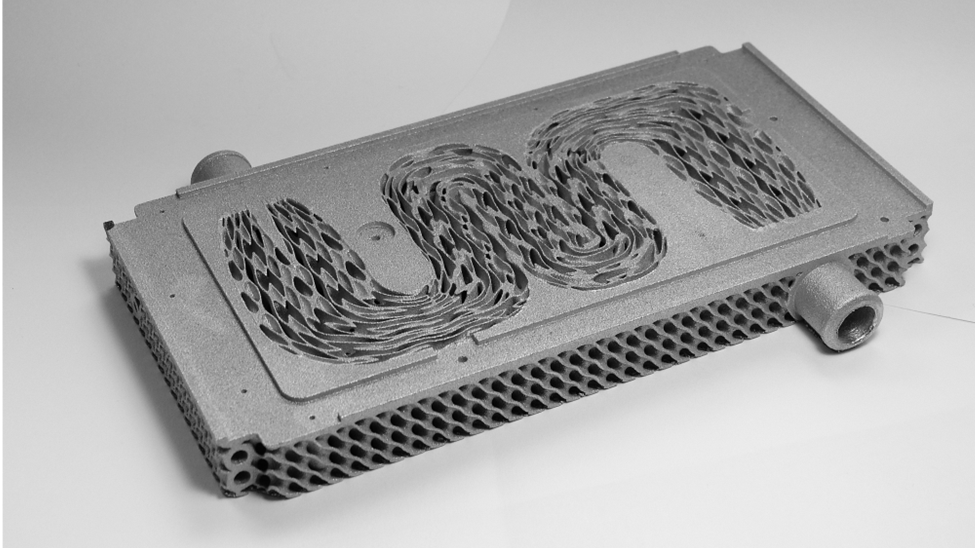As an adolescent, Bradley Rothenberg was obsessive about CAD: computer-aided design software program.
Earlier than he turned 30, Rothenberg channeled that curiosity into constructing a startup, nTop, which at present gives product builders — throughout vastly totally different industries — quick, extremely iterative instruments that assist them mannequin and create progressive, typically deeply unorthodox designs.
Considered one of Rothenberg’s key insights has been how intently iteration at scale and innovation correlate — particularly within the design area.
He additionally realized that by creating engineering software program for GPUs, moderately than CPUs — which powered (and nonetheless energy) nearly each CAD device — nTop might faucet into parallel processing algorithms and AI to supply designers quick, nearly limitless iteration for any design challenge. The outcome: virtually limitless alternatives for innovation.
Product designers of all stripes took word.
A decade after its founding, nTop — a member of the NVIDIA Inception program for cutting-edge startups — now employs greater than 100 folks, primarily in New York Metropolis, the place it’s headquartered, in addition to in Germany, France and the U.Ok. — with plans to develop one other 10% by 12 months’s finish.
Its computation design instruments autonomously iterate alongside designers, spitballing totally different digital shapes and potential supplies to reach at merchandise, or elements of a product, which are extremely performant. It’s design trial and error at scale.
“As a designer, you often have all these competing objectives and questions: If I make this modification, will my design be too heavy? Will or not it’s too thick?” Rothenberg mentioned. “When making a change to the design, you wish to see how that impacts efficiency, and nTop helps consider these efficiency adjustments in actual time.”

U.Ok.-based grocery store chain Ocado, which builds and deploys autonomous robots, is one in every of nTop’s largest clients.
Ocado differentiates itself from different massive European grocery chains by its deep integration of autonomous robots and grocery selecting. Its office-chair-sized robots pace round large warehouses — approaching the scale of eight American soccer fields — at round 20 mph, passing inside a millimeter of each other as they decide and kind groceries in hive-like buildings.
In early designs, Ocado’s robots typically broke down and even caught fireplace. Their weight additionally meant Ocado needed to construct extra strong — and costlier — warehouses.
Utilizing nTop’s software program, Ocado’s robotics staff shortly redesigned 16 essential elements in its robots, slicing the robotic’s general weight by two-thirds. Critically, the redesign took round per week. Earlier redesigns that didn’t use nTop’s instruments took about 4 months.

“Ocado created a extra strong model of its robotic that was an order of magnitude cheaper and sooner,” Rothenberg mentioned. “Its designers went by these fast design cycles the place they might press a button and all the robotic’s construction could be redesigned in a single day utilizing nTop, prepping it for testing the subsequent day.”
The Ocado use case is typical of how designers use nTop’s instruments.
nTop software program runs lots of of simulations analyzing how totally different circumstances would possibly impression a design’s efficiency. Insights from these simulations are then fed again into the design algorithm, and all the course of restarts. Designers can simply tweak their designs primarily based on the outcomes, till the iterations land on an optimum outcome.
nTop has begun integrating AI fashions into its simulation workloads, together with an nTop buyer’s bespoke design information into its iteration course of. nTop makes use of the NVIDIA Modulus framework, NVIDIA Omniverse platform and NVIDIA CUDA-X libraries to coach and infer its accelerated computing workloads and AI fashions.
“We now have neural networks that may be educated on the geometry and physics of an organization’s information,” Rothenberg mentioned. “If an organization has a particular means of engineering the construction of a automotive, it will possibly assemble that automotive in nTop, practice up an AI in nTop and really shortly iterate by totally different variations of the automotive’s construction or any future automotive designs by accessing all the info the mannequin is already educated on.”
nTop’s instruments have vast applicability throughout industries.
A Formulation 1 design staff used nTop to nearly mannequin numerous variations of warmth sinks earlier than selecting an unorthodox however extremely performant sink for its automotive.
Historically, warmth sinks are manufactured from small, uniform items of steel aligned aspect by aspect to maximise metal-air interplay and, subsequently, warmth change and cooling.

The engineers iterated with nTop on an undulating multilevel sink that maximized air-metal interplay even because it optimized aerodynamics, which is essential for racing.
The brand new warmth sink achieved 3x the floor space for warmth switch than earlier fashions, whereas slicing weight by 25%, delivering superior cooling efficiency and enhanced effectivity.
Going ahead, nTop anticipates its implicit modeling instruments will drive larger adoption from product designers who wish to work with an iterative “companion” educated on their firm’s proprietary information.
“We work with many alternative companions who develop designs, run a bunch of simulations utilizing fashions after which optimize for the perfect outcomes,” mentioned Rothenberg. “The advances they’re making actually converse for themselves.”
Be taught extra about nTop’s product design workflow and work with companions.

